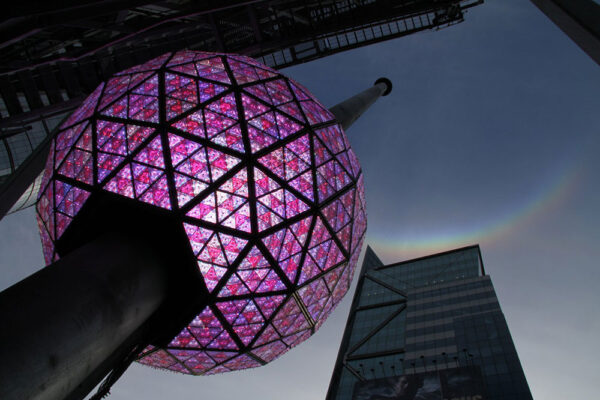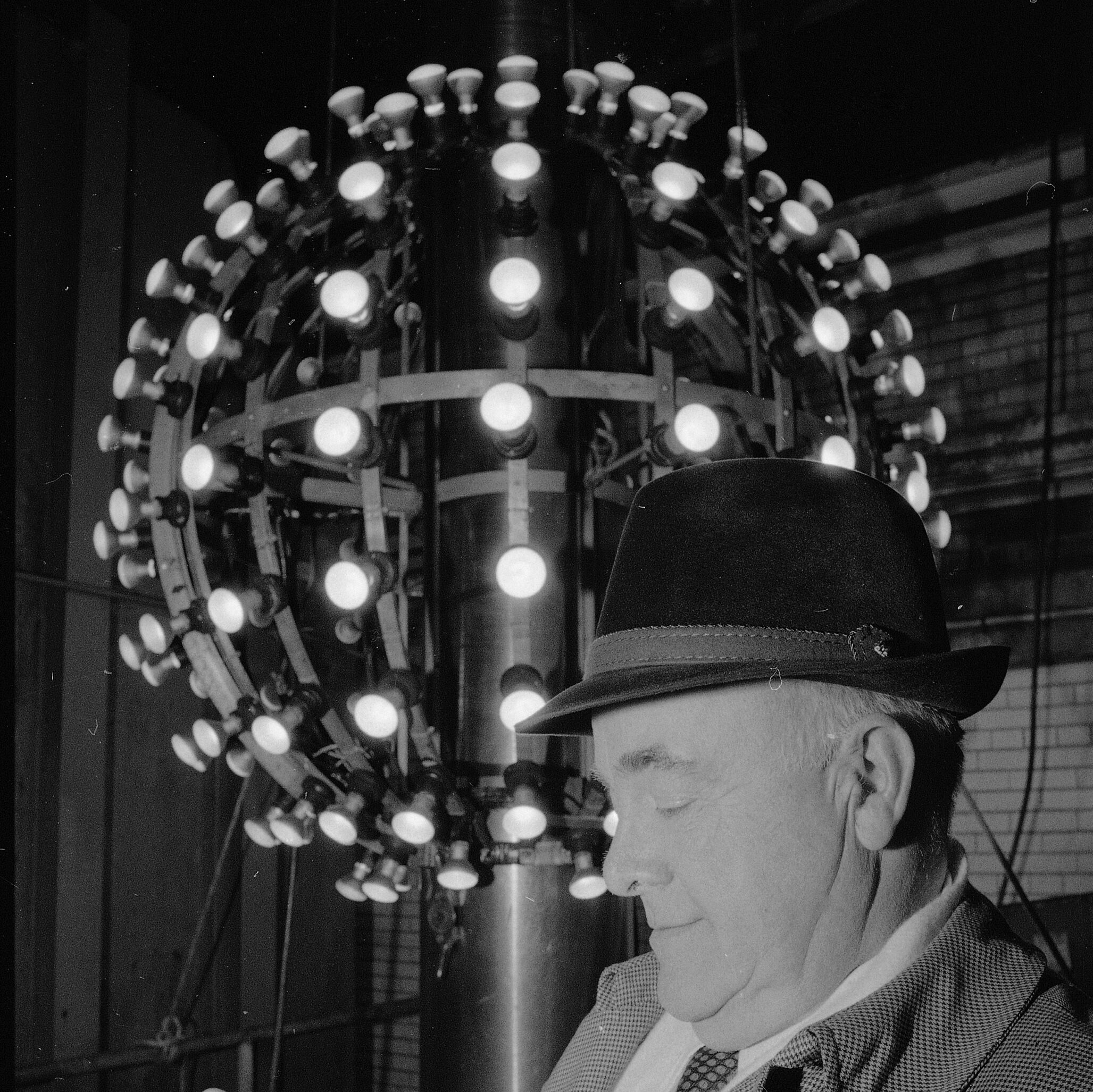History of a Times Square Tradition

After almost 116 years, it is no surprise that the famous ball used for the New Year’s Eve ball drop in Times Square has changed significantly. Yet, seven redesigns later, the ball still holds the same purpose – celebrating the beginning of a new year full of hopes.
The first New Year’s Eve celebration in Times Square was held on December 31, 1904, by The New York Times. The New York Times Company had moved its location uptown. Adolph Ochs, The New York Times’ owner, decided to celebrate the opening of the newspaper’s new headquarters, One Times Square, with a New Year’s fireworks show to welcome 1905. The company would show fireworks displays in hopes of attracting more people uptown. This was only the beginning of this thrilling celebration.
Before the iconic ball was created, Americans had a much different way of celebrating the new year. The most common way of beginning the new year before the 1900s was by gathering outside the Trinity Church in Manhattan. The church bells would chime when the clock struck 12. People celebrated on the steps of the church. The church’s bells were believed to “ring out the old, ring in the new.”
Just as Times Square was becoming famous for Americans celebrating New Year’s, fireworks were banned. Adolph Ochs decided to come up with a different plan. He decided to use a ball that would drop at a particular time. This was a maritime tradition of timekeeping so sailors would know the location and time. The first ball used in the Times Square drop differed significantly from today.
Jacob Starr, an immigrant metalworker, designed this ball. It was made from iron and wood and weighed 700 pounds, measuring five meters. Attached to the ball were 100 light bulbs. It was dropped for the first time in 1907, the beginning of a tradition over 100 years old.

Today the ball weighs as much as 11,875 pounds and is 12 feet in diameter. It is made up of 2688 Waterford Crystals. The ball is covered in 32,256 LED lights and displays 16 million bright colors that light up the night. No matter how old the tradition of the Times Square ball becomes, it will never fail to be the show’s star!





